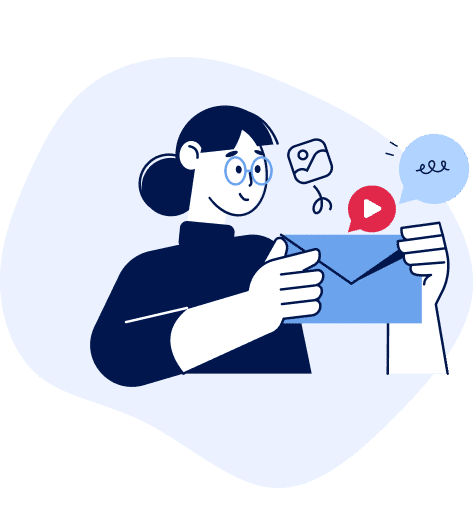5 Steps to Creating Personalized Content Experiences for ABM | Marketo
- Updated on: 2018-08-28
- Read original article here

It’s something you may not even realize, but as a consumer, you’re getting served personalized experiences left and right. From your Netflix recommendations to your suggested Spotify playlists, nearly everything we interact with online has some kind of personalization attached to it.
Until recently, this high level of personalization has existed almost exclusively in the B2C world, and it’s really only been within the past couple of years that personalization in the form of account-based marketing (ABM) has blown up for B2B marketers. It’s no longer a tactic, it’s a tried-and-true strategy. So much so that some organizations have nearly abandoned more traditional approaches because of the success they’ve seen from ABM.
But when I get the chance to talk to fellow marketers about it, one of the things I hear time and again is that actually creating those highly personalized experiences is sometimes easier said than done.
To help, I’m going to share five steps that your marketing team can take to start creating personalized content experiences to reach and engage your target accounts.
And I promise it’s going to be pretty painless.
The first step to any account-based marketing strategy is figuring out who your target accounts are. Who do you want to see your personalized experiences once they’re ready? This will require some alignment between your marketing and sales teams, and will also mean that you should take some time to think strategically through your ideal customer profile.
You’ll probably want to consider:
Taking these factors into consideration will help you strategically target accounts that are the right fit for your solution, and not to mention, will be a better use of your budget, and lead to more conversions.
Your level of personalization depends on the type of ABM approach you decide to go with. And if you’re not familiar, there are a few. The image below is a great visual of the levels of investment you’ll need for each.
One-to-One: This is what the majority of people think of when they hear ABM. With one-to-one personalization, marketers are creating and executing highly customized programs for individual target accounts. Because it’s at the top of the pyramid here, one-to-one ABM is usually the most personalized and requires the most research, but can also have the highest return.
One-to-Few ABM: This approach is similar to one-to-one, but it’s applied to small groups of accounts. Usually, this small cluster shares similar challenges or characteristics, so you’re able to keep the bulk of the approach the same across these few accounts while lightly personalizing.
One-to-Many ABM: This is your scalable ABM solution. It’s where you’ll really need to lean on tech to personalize your marketing campaigns for potentially hundreds of target accounts.
Take a look at the content you have—how much of it can be leveraged to create engaging experiences for your target accounts? Instead of creating more content for the purposes of ABM, see what you can leverage that already exists. What blog posts have you written that CMOs would care about? Which of your ebooks would engage someone in the healthcare industry? Take questions like these into consideration, and use this content to build customized streams to distribute to your target accounts. (I’ll get back to this in a minute).
My team at Uberflip created this for you to use to help track what content you have and how it’s performing, which can help you decide what to include in your ABM outreach.
Once you’ve decided who you want to target (and the appropriate level of personalization), it’s time to actually get your personalized content experiences in front of your target accounts—without scaring them away.
These are the most common distribution avenues:
Remember that each of these outreach methods can be tailored for the various levels of personalization. As an example, one-to-one personalization might be a bit too much for social media (if a Facebook ad has my name in it, I’m probably going to say no thanks), but could be great for personalized email outreach.
Now we’ve gotten to the fun part. It’s time to put everything you considered in steps one to four into action and actually create and serve up your personalized content experiences.
One of the most common ways to do this is by creating custom landing pages that feature content tailored to one, few, or many. does a great job at this. You’ll see they are targeting a specific account, have included content that speaks to what they offer, address their business challenges, and have included a headshot from the sales rep to make the outreach feel a little more personal.
I’ll say this: If an email, or an ad, or a social post sent me to this stream, I know that I’d be more compelled to engage with it over a generic product or landing page.
When you break it down into small steps, creating personalized experiences for your target accounts really isn’t all that hard. So, I encourage you to go out and try these strategies and see what your team can do. Because maybe, as marketers, we aren’t as far away from the Spotify-level content experiences as some may think.
What is your content strategy for ABM? I’d love to hear about it in the comments.



